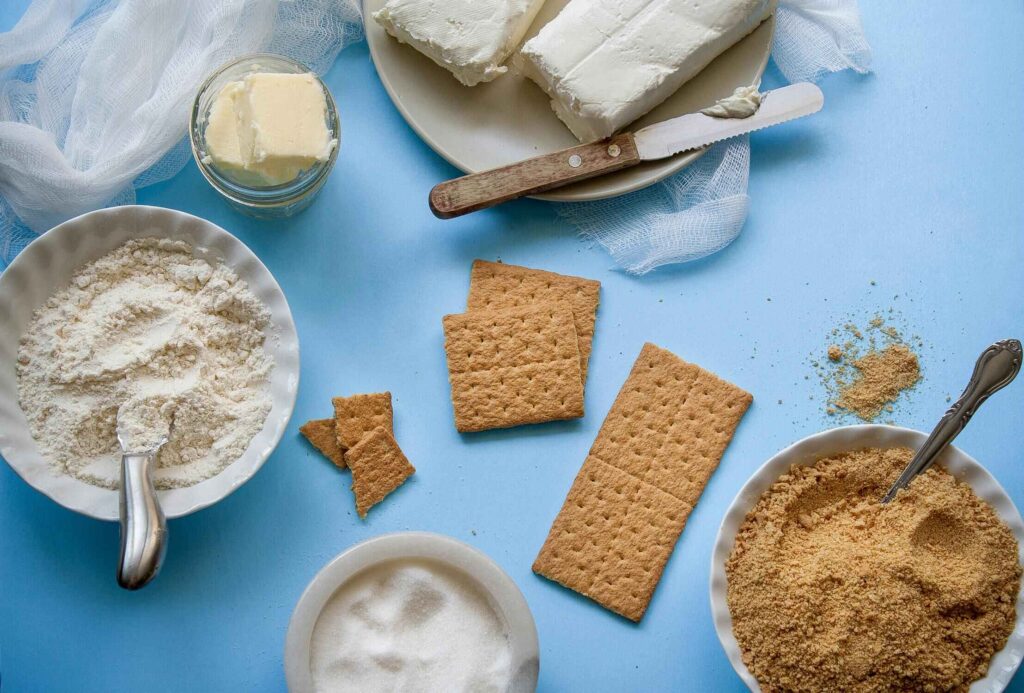In today’s world, many people are looking for healthier alternatives to sugar. Whether you’re trying to cut down on calories, manage your blood sugar levels, or simply improve your overall health, there are plenty of options available to satisfy your sweet cravings without compromising your health. In this article, we will explore some of the most popular Sugar Alternatives, their benefits, and how they can be incorporated into your diet.
Table of Contents
1. Stevia: A Natural Sweetener from the Leaves of the Stevia Plant
Stevia is a natural sweetener that comes from the leaves of the Stevia rebaudiana plant. Stevia is incredibly sweet—about 50 to 300 times sweeter than sugar—yet it contains zero calories and has no impact on blood sugar levels.
Since stevia is not metabolized by the body, it doesn’t raise blood glucose levels or insulin, making it a safe choice for diabetics and a great choice for Sugar Alternatives.
How to Use Stevia: Stevia comes in several forms: liquid, powder, and granulated. It can be used in baking, beverages like tea and coffee, and even sprinkled over fruit or oatmeal. Since stevia is much sweeter than sugar, you only need a small amount to achieve the desired sweetness.
2. Monk Fruit: Sweetness with Zero Calories
Monk fruit, also known as Luo Han Guo, is a small, round fruit native to Southeast Asia.Monk fruit extract is around 100-250 times sweeter than sugar, meaning you only need a tiny amount to replace sugar in recipes.
Additionally, monk fruit has antioxidant properties that may offer health benefits, though more research is needed in this area.
How to Use Monk Fruit: Monk fruit sweeteners are typically sold in liquid or powdered form. They’re perfect for sweetening beverages, baking, and even as a topping for desserts. Just like stevia, monk fruit is far sweeter than sugar, so use it sparingly in recipes.
3. Honey: A Natural Sweetener with Health Benefits
Honey is a natural sweetener that has been used for thousands of years. It contains trace amounts of vitamins, minerals, and antioxidants, making it a healthier option than refined sugar. Honey also has antibacterial and anti-inflammatory properties, and it can help soothe a sore throat and improve digestion.
While honey is natural, it still contains calories and sugars, so it should be consumed in moderation, especially for those watching their weight or blood sugar levels. It’s sweeter than sugar, so you can use less in recipes.
How to Use Honey: Honey works well in baking, salad dressings, smoothies, tea, or even drizzled over oatmeal or yogurt. Since it’s liquid, you may need to adjust the other liquid ingredients in recipes when substituting honey.
4. Maple Syrup: A Nutritious and Flavourful Option
Maple syrup is made by boiling the sap of maple trees. While maple syrup is still high in calories and sugar, it’s a more nutritious alternative to regular sugar. It has a distinct flavor, with a slightly earthy, caramel-like taste that works well in desserts and savory dishes.
Maple syrup is often used as a topping for pancakes, waffles, or oatmeal, but it can also be used in baking and cooking.
How to Use Maple Syrup: Use maple syrup as a substitute for sugar or honey in recipes. You can replace sugar in baked goods, smoothies, and even salad dressings. Keep in mind that it’s a liquid, so you’ll need to reduce the amount of other liquids in the recipe.
5. Coconut Sugar: A Lower-Glycemic Index Alternative
Coconut sugar is derived from the sap of coconut trees. It has a rich, caramel-like flavor and is considered a healthier alternative to refined sugar because it contains small amounts of vitamins and minerals like iron, zinc, and calcium. Coconut sugar also has a lower glycemic index (GI) than regular sugar, meaning it has less of an impact on blood sugar levels.
How to Use Coconut Sugar: Coconut sugar can be used as a 1:1 substitute for regular sugar in most recipes. It works well in baking, beverages, and cooking. It also adds a unique flavor to coffee or tea.
6. Date Sugar: A Whole-Food Sweetener
Date sugar is made from dried and ground dates, and it is a whole-food sweetener. It contains fiber, vitamins, and minerals, making it a healthier alternative to refined sugar. Date sugar retains the nutrients of whole dates, such as potassium, magnesium, and iron. However, it is not as sweet as regular sugar, so you may need to use a little more to achieve the same level of sweetness.
Since date sugar is not water-soluble, it’s best used in baking or sprinkled on top of oatmeal, smoothies, or other dishes that don’t require the sugar to dissolve.
How to Use Date Sugar: Date sugar works well in baked goods, smoothies, or as a topping for yogurt and oatmeal. It can replace sugar in most recipes, but keep in mind that it doesn’t dissolve easily in liquids.
7. Artificial Sweeteners: Aspartame, Sucralose, and Saccharin
Artificial sweeteners like Aspartame, Sucralose, and Saccharin are synthetic compounds that mimic the taste of sugar without adding calories. These sweeteners are often used in sugar-free or “diet” products. While they are low in calories and do not affect blood sugar levels, there has been some debate about their long-term health effects.
Aspartame, Sucralose, and Saccharin are all FDA-approved, but it’s important to use them in moderation. Some people may experience sensitivity to these sweeteners, leading to headaches or digestive issues.
How to Use Artificial Sweeteners: Artificial sweeteners are commonly used in beverages like diet sodas, sugar-free desserts, and low-calorie packaged foods and are also good Sugar Alternatives easily available in market . They come in liquid, powder, or tablet forms, and can be used as a sugar substitute in a variety of foods and beverages.
You might also like No Carbs Diet: 7 Simple Veg Recipes You’ll Love

